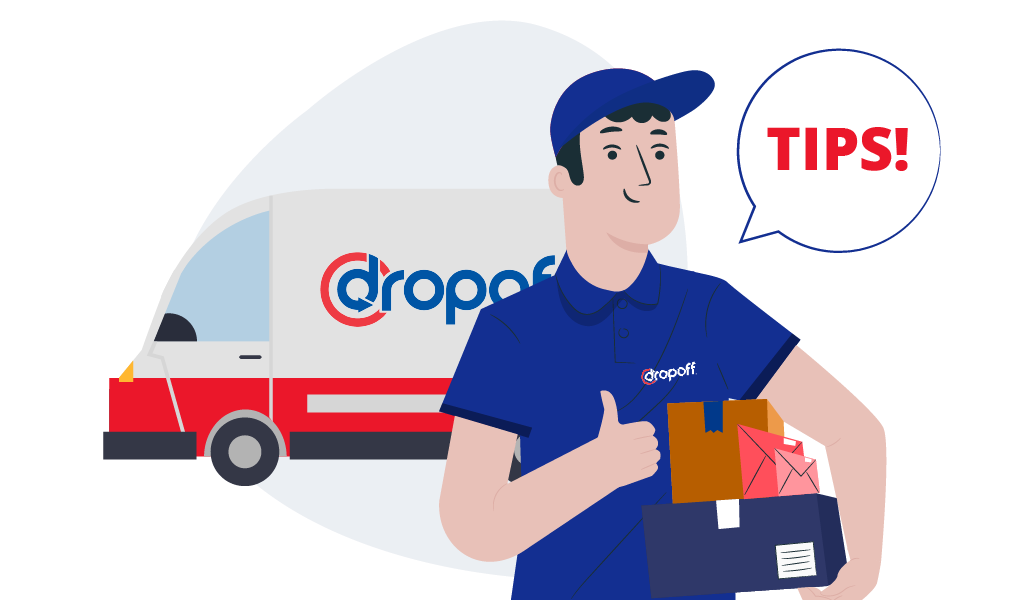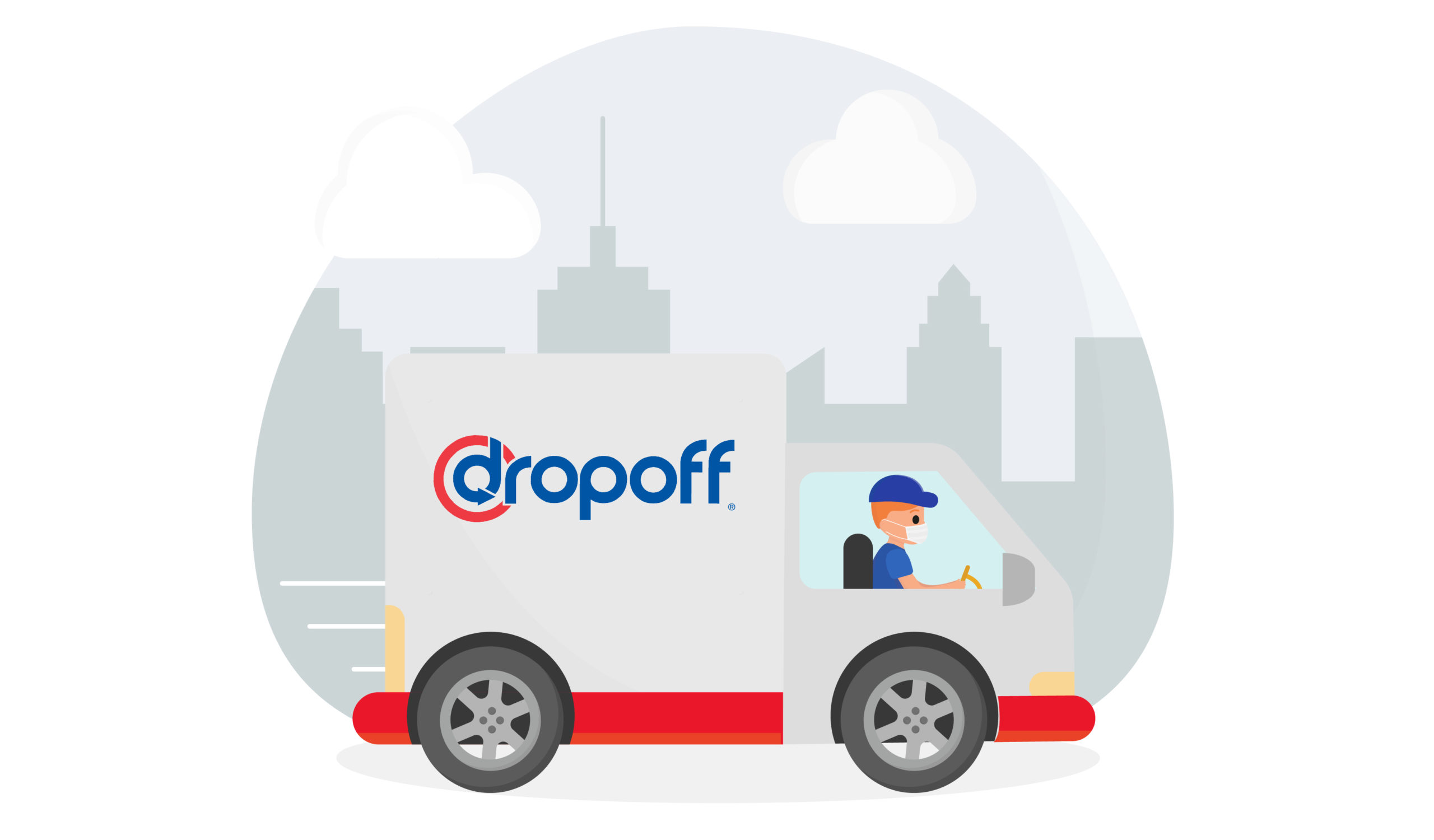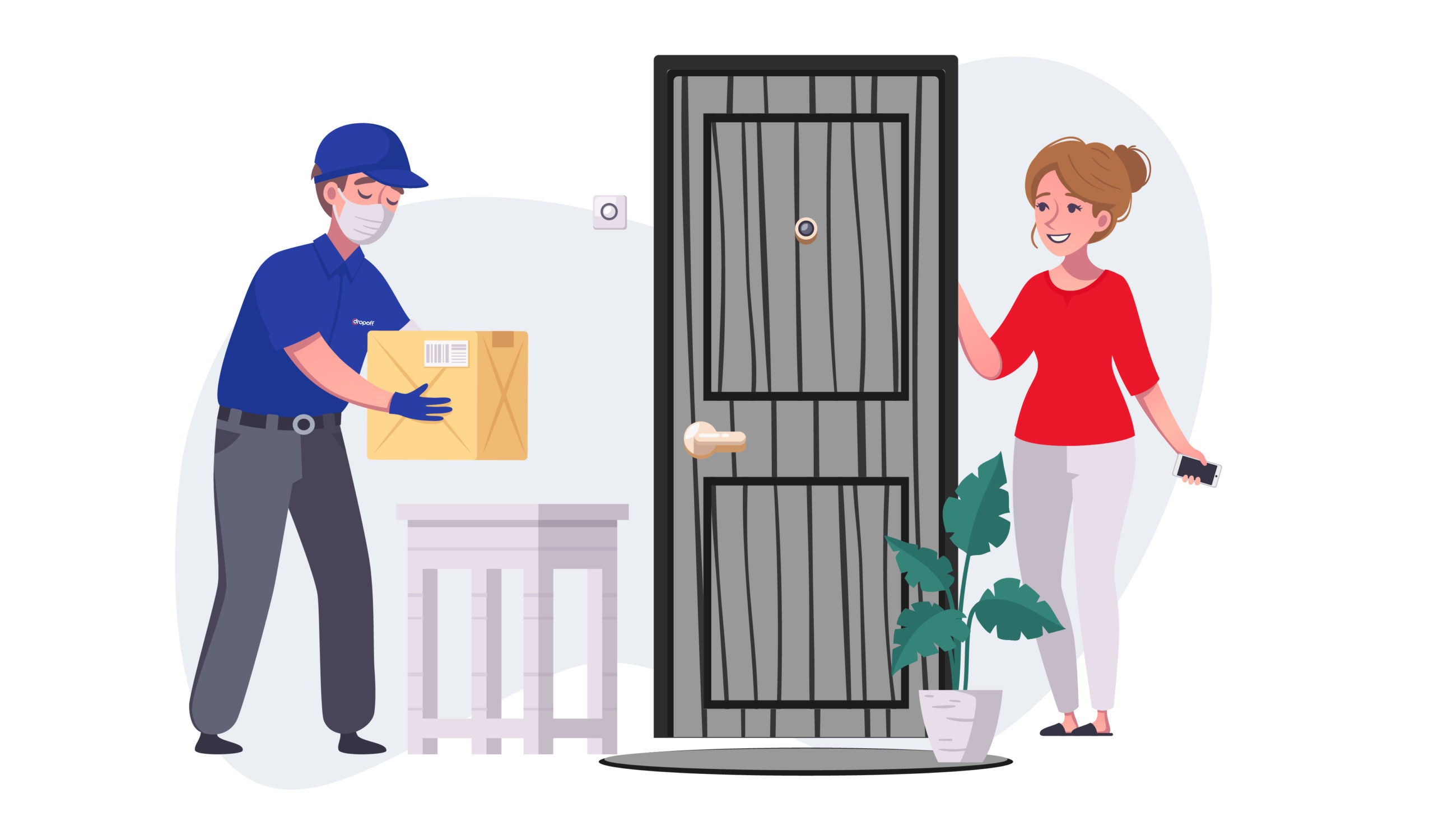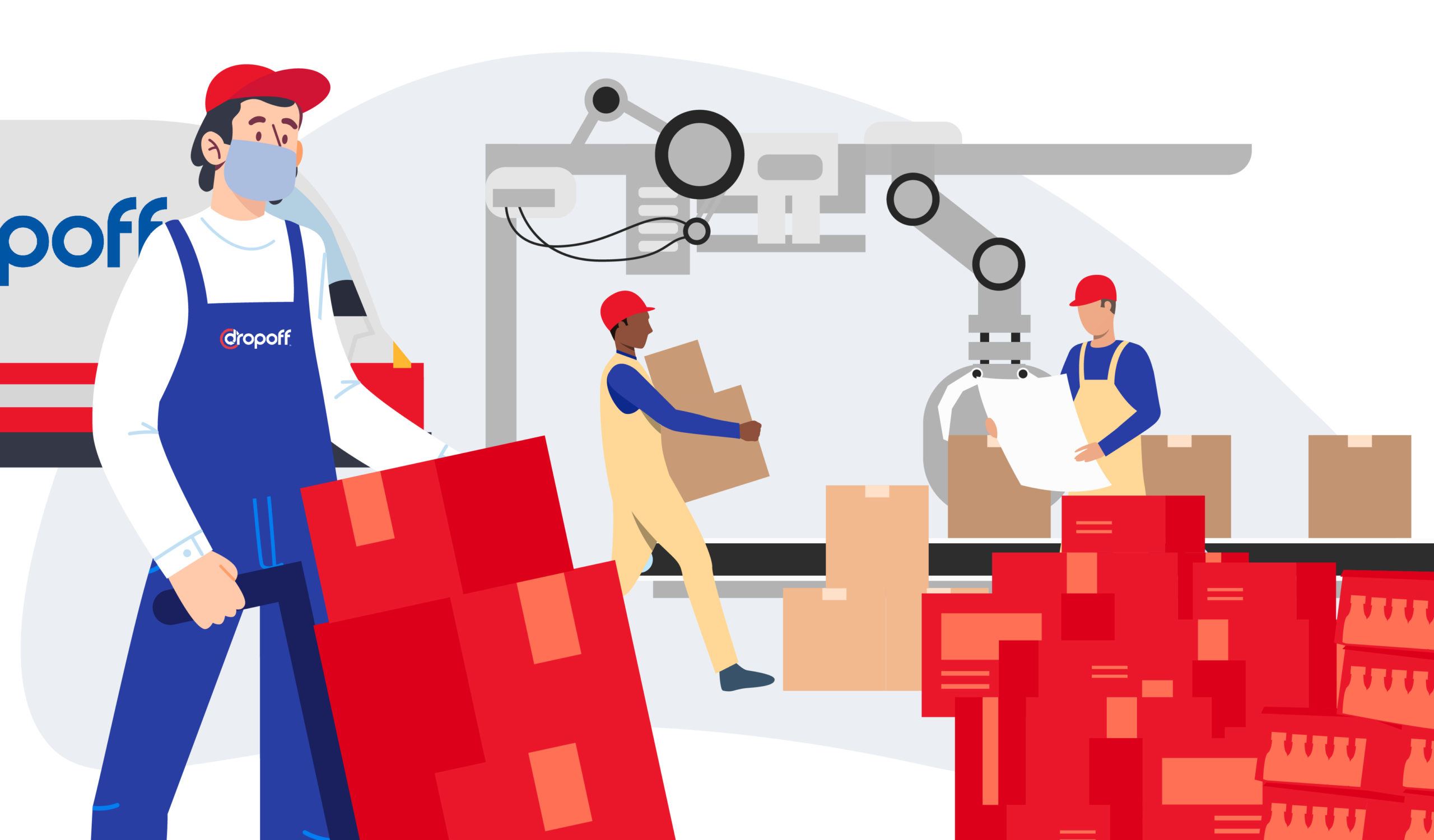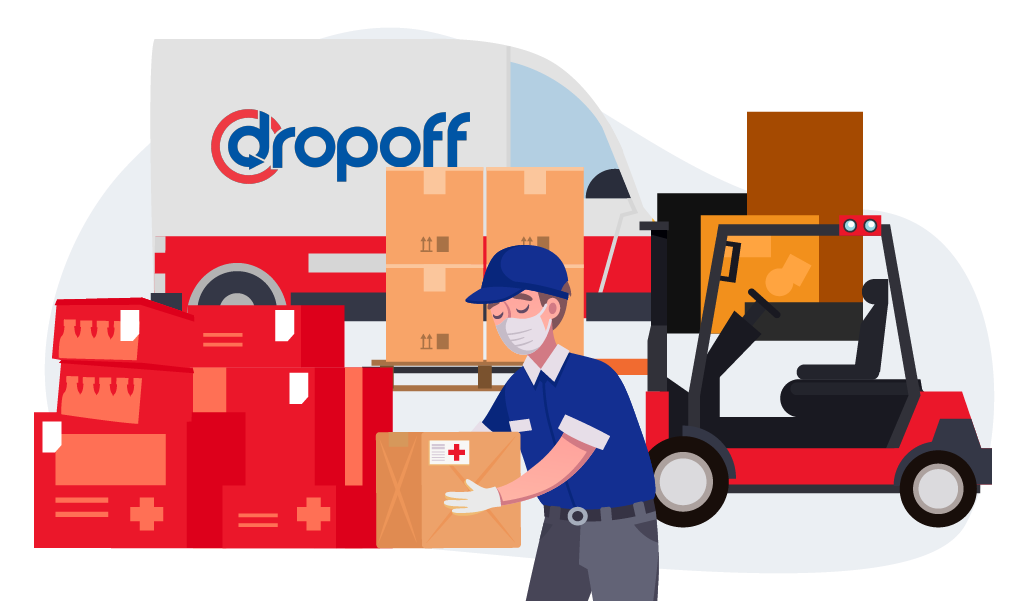On-Demand Logistics 101: A Comprehensive Guide
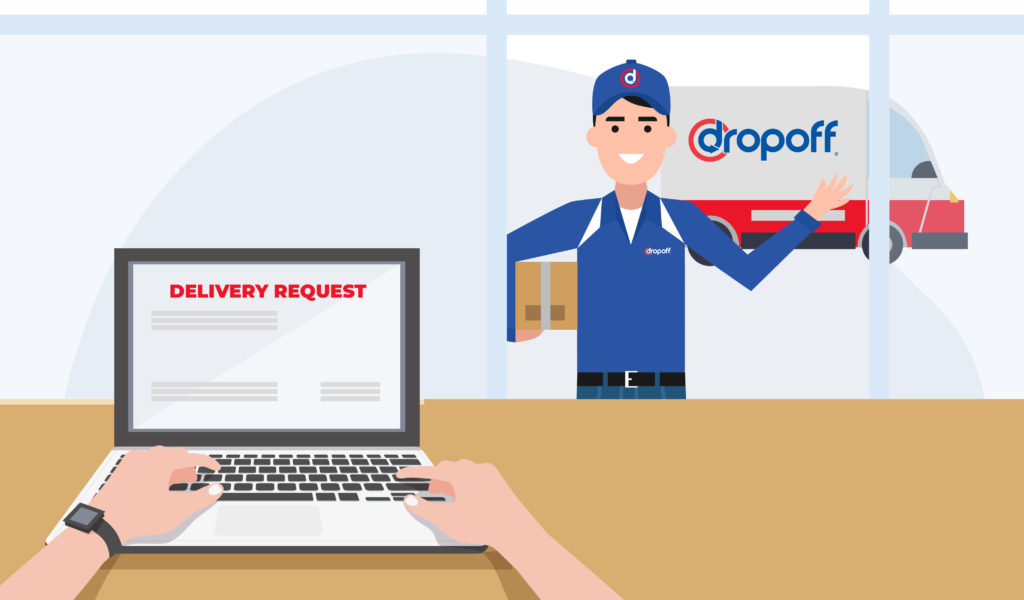
If you’re unfamiliar with the term on-demand logistics, it’s an umbrella term for a mix of technologies and services that allow businesses to plan consumer demand for their products, place orders with manufacturers ahead of time, and have goods delivered so they can fulfill purchases without having the space to store them.
The on-demand logistics market is becoming more popular because it is more efficient, convenient, and cost-effective to transport products by truck, and you can track the products in real time. The market is expected to be worth $75 billion by 2030.
What Is On-Demand Logistics?
On-demand logistics enables brands to expand their customer reach and fulfill orders as soon as they are placed. It is changing the face of freight delivery, with businesses preferring on-demand services for convenience and ease.
A significant shift in expectations from users has caused investors interested in these new technologies to invest massively in the last-mile industry. And of course, third-party logistics services are embracing the gig economy to deliver high-quality logistics on-demand with a mobile-first approach.
Challenges of On-Demand Logistics & How to Overcome Them
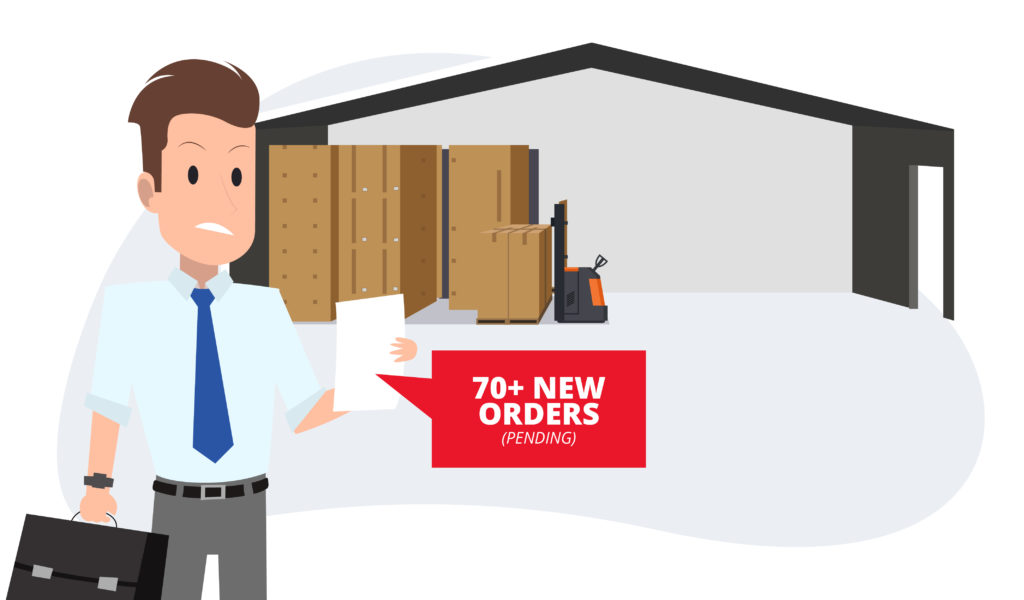
Before going through the challenges present in the on-demand logistics industry, you should consider optimizing your logistics processes.
1. Rise in Transportation Costs
Cutting transportation costs can help you reduce expenses and become more profitable. You can reduce costs and increase profits by running an optimized system with a structured approach and machine learning.
Here are a few ways to optimize your transportation costs:
- Implement multiple transportation modes: A more flexible transportation infrastructure may help offset expenditures.
- Use shipping consolidation opportunities: You can save money on shipping by combining different products into a single shipment. This is called “full load shipping” or FTL.
2. Limited Warehouse Space
Having enough space in your warehouse can help you move and store products more efficiently. If you don’t have enough space, your warehouse might get too full, making it hard to move products around and bring new products in.
Here are a few ways to maximize your warehouse space:
- Utilize your vertical space: Ensure you’re taking full advantage of the vertical space available.
- Store excess items in an off-site location: Consider using off-site storage for the extra stock to free up space in the fulfillment area.
3. Inefficient Warehouse Management System
The supply chain market is constantly changing. You have probably been affected by these changes in one way or another if you run a retail chain, an e-commerce website, or are a distributor or manufacturer. Suppose your business is growing and you are outgrowing the capabilities of your warehouse management system. In that case, it might be time to upgrade.
4. Inability to Fix Inaccurate Orders
A logistics company needs to ensure its brand is not stained by misdelivered freight shipments. This may happen during peak seasons when there is an increase in orders. Sometimes, this happens because of incorrect address details or because orders are mixed up.
Moreover, if you think an order might be wrong, check to see if there was a delay in shipping or if there was some mistake in the tracking information. If you use an outsourced delivery system and you discover a mistake was not made from your end, you can start a process to get your money back.
5. Outdated Workforce Management
What you don’t want to happen is employees resigning during peak seasons due to being overworked. So what can you do? Here are a few tips:
- Maintain employee engagement: Data shows that companies with a high level of employee engagement earn an average annual increase of 21% in profits.
- Implement schedule flexibility: Use tools to help you create schedules for your employees that will allow them to take breaks even during busy seasons.
- Improve communication: Create an environment where employees feel comfortable speaking up about any issues they face.
6. Poor Live Delivery Tracking
Without systems that allow for automated tracking and notification of the shipment status, keeping track of where your packages are or when they will arrive becomes challenging. This can be very damaging for a company’s logistics division.
Real-time tracking is now a feature that customers expect when they order something to be delivered. With this system, you can tell the customer the driver’s location and when they will arrive. Additionally, some tracking systems allow customers to communicate with drivers, dispatchers, or company call centers.
Further, it is safe to say that different types of logistics share common challenges like the ones we have listed above. To learn more, check out our blog on the most common problems in the logistics industry and how to overcome them.
On-Demand Logistics in Different Industries
Retail Industry
Retailers are under immense pressure to provide fast and efficient delivery services while managing their brick-and-mortar locations. As a result, many retailers are turning to on-demand logistics companies to help them meet these challenges.
On-demand logistics companies offer a range of services, from last-mile delivery to same-day delivery. These services allow retailers to get products to customers quickly and efficiently without investing in their own delivery infrastructure.
On-demand logistics companies can help retailers manage spikes in demand by providing additional resources on an as-needed basis. As the retail industry continues to evolve, on-demand logistics will likely play an increasingly important role.
In addition, on-demand logistics can also help with multichannel retailing. This means the fulfillment process will be faster for orders that come in through multiple sales channels.
Multichannel retailing is selling products through more than one sales channel. This can include e-commerce websites, retail stores, online marketplaces, comparison shopping engines, social media platforms, and other offline and online channels.
Healthcare Industry
Recently, there has been an increasing demand for on-demand logistics services in healthcare. On-demand logistics can benefit healthcare organizations because it allows them to be more flexible and responsive to their patients’ needs. It can also help to improve patient satisfaction by ensuring that medications and other supplies are delivered promptly.
With the rising cost of healthcare and the increasing supply chain complexity, on-demand logistics are likely to become even more critical in the healthcare industry.
Is Your Vendor Handling On-Demand Logistics Successfully?
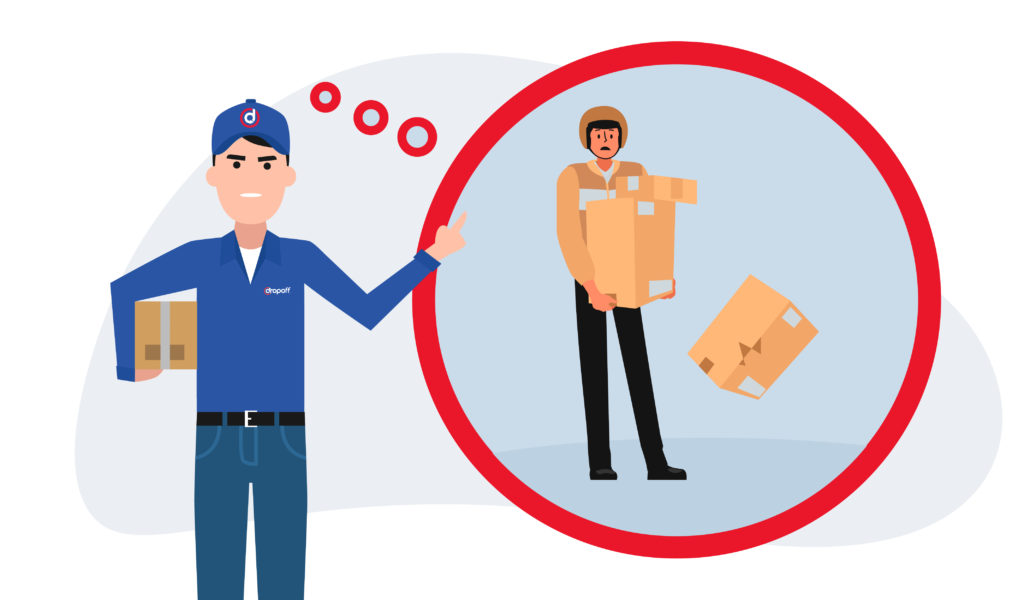
When you’re running a business, many moving parts need to come together seamlessly for things to run smoothly. That’s why it’s essential to partner with a logistics vendor who can successfully handle on-demand logistics.
But how can you be sure that your vendor is up to the task? Here are a few things to look for:
1. A Robust Network of Warehouses
First, ensure they have a robust network of warehouses and distribution centers. This will ensure they can get your products where they need to go quickly and efficiently.
2. Proper Live Tracking
Check to see if they offer real-time tracking. This way, you’ll always know where your products are and when they’ll arrive at their destination.
3. Customer Service Policies in Place
You want to be sure that you’re working with a company that will be responsive to your needs and able to resolve any issues that may come up.
Furthermore, the factors above are common when determining if a logistics provider is successfully handling processes. Check out our guide on how to manage B2B logistics successfully.
The Assistance of Technology in On-Demand Logistics
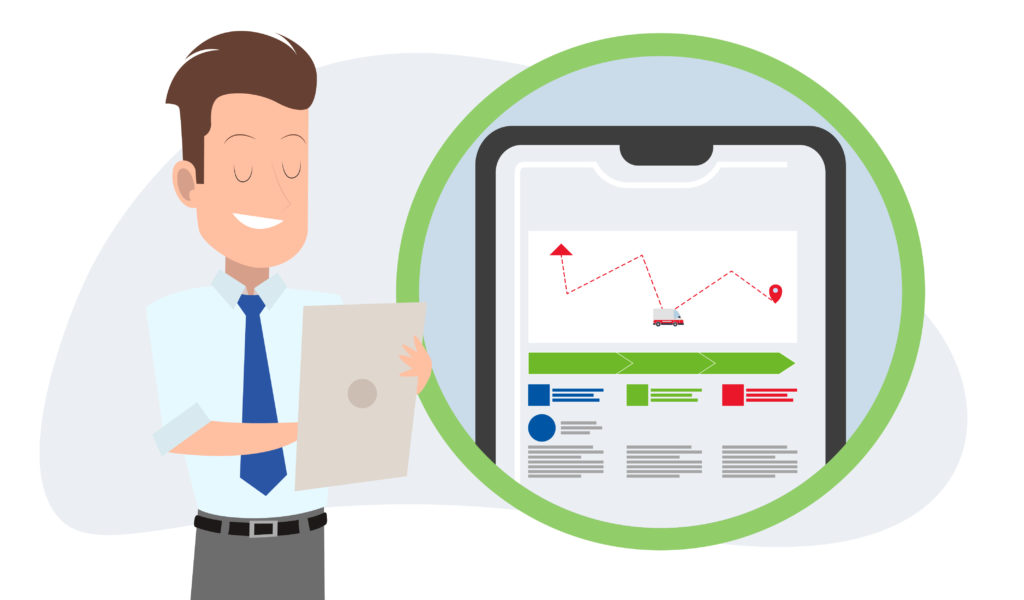
You will notice the rise of digitalization in the logistics industry, which is generally driven by continuous technological advancements. The list below is discussed more in-depth in our article about current logistics innovations and industry trends.
1. Driver Dispatch Efficiency
A logistics app can help dispatch drivers as soon as a new request comes through.
2. Better Inventory Management
Logistics app development is essential because it helps stock keep and manage inventory. This way, you can ensure that the right things are being sent out and that there is not too much inventory at the warehouse.
3. All Things Digital
An on-demand logistics management software can help you do all the paperwork electronically. This will help with efficient management, fast processing, and secure access.
4. Better Vehicle & Fleet Management
A real-time tracking app can help you manage your vehicles and fleet efficiently. It can help you understand how much fuel they need and how far each car travels.
The app can also help keep track of your car’s engine, battery, network status, and tire health. Predictive signals from data collected by the app can help you maintain your vehicle proactively instead of reactively.
5. Route Optimization
You can improve supply chain management efficiency by getting insights into delivery schedules and transportation routes. A good on-demand app can help create new opportunities to establish a good partnership between the customer and the logistics company, which also helps improve customer loyalty.
Moreover, this is one of the top must-have features in a last-mile delivery solution.
6. Data Security
Make sure the application protects information well. If there are any problems with this section, it could cause you to lose an employee, or even worse, it could cause problems for your customers.
Further, ensure you partner with on-demand logistics companies that can run operations smoothly. Here are the top last-mile delivery companies and startups in the US.
On-Demand Logistics Vs. Scheduled Delivery
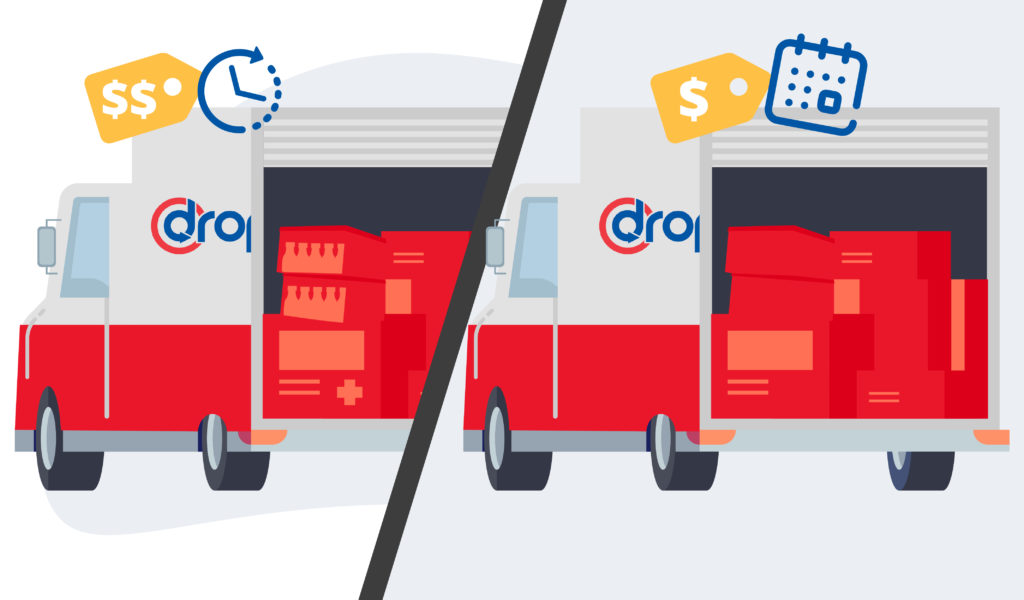
On-Demand Delivery
On-demand delivery logistics is a type of delivery that allows customers to choose when they want their items delivered. More urgent items, such as food or medical supplies, are daily.
- Pros: More flexible
- Cons: More costly
Scheduled Delivery
Scheduled delivery involves choosing a specific day or time window for your delivery. This is common for non-urgent items, such as clothing or furniture.
- Pros: Less costly
- Cons: Requires more planning
While discussing different delivery timeframes, have you ever wondered what the differences were between shipping and delivery?
FAQ
1. How should I prepare my business for an on-demand delivery order?
Answer:
- If you need your items delivered, ensure everything is ready to go. If there are any delays, the delivery might be late.
- Designate an area where the service provider can easily find your order. This will help reduce disruption to your business.
- Make sure you label all orders and the courier picks up the correct one.
- Please include pickup and dropoff instructions.
2. What should I do if a courier cancels an order?
Answer: Sometimes, if there are too many deliveries for the current courier, we will dispatch a new courier.
3. How fast is on-demand delivery?
Answer: An on-demand delivery service can deliver an order to a customer within hours or even minutes.
Bottom Line
Moreover, the on-demand logistics industry is snowballing as more businesses see this innovative service’s benefits. Dropoff has been at the forefront of this movement, offering an unbeatable combination of cost-effectiveness and sustainability.
If you’re looking for a reliable on-demand logistics provider, talk with one of our experts today.

